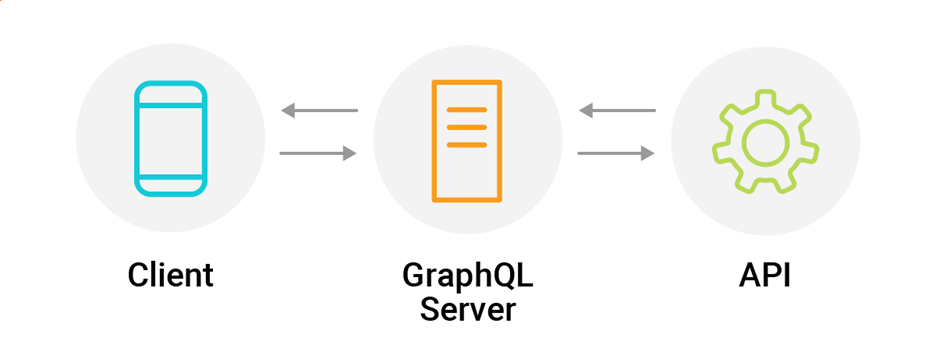The use of APIs is at the forefront of automation. There are many ways for developers and applications to make use of APIs, and GraphQL is one way to make the most of the data. As technologies continue to grow and evolve, especially with drivers like the DevOps methodology, it is important to keep on top of better and quicker ways to meet our business goals. This is one of the reasons I find GraphQL to be so exciting, and why everyone should understand it.
However, since there are many common misconceptions about GraphQL, what it is, and what it does, let’s take a closer look why it’s used and some key benefits.
What is GraphQL, and why is it used?
GraphQL is a data query language for APIs. It was created in 2012 by Facebook and released to the public in 2015. It was created to provide a more intuitive and flexible syntax for querying data. Eventually, it moved into the open-source arena after being developed by Facebook, and it’s available on GitHub.
GraphQL allows clients to specify exactly what data they need from an API instead of relying on the server to guess what they might want. This results in more efficient APIs capable of better meeting the needs of their clients and a reduced amount of time and processing for round-trip data query actions.
GraphQL is also gaining popularity as a way to build more sophisticated APIs. It provides several features not found in other API languages, such as Swagger and RAML. These features also include composability, which allows for greater flexibility when designing APIs, and introspection, which enables developers to explore an API’s schema without having to write any code.
How does GraphQL work?
GraphQL is a simple system compared to many other API query languages. At the heart of GraphQL is the schema, which describes all the possible data you can query. Queries are then run against the schema in real time, returning exactly the data being queried. Each field in the schema is attached to a resolver function, which is what produces the desired value at runtime.
The way GraphGL was designed and implemented is what gives it the edge compared to many other query languages commonly used today.

GraphQL vs. REST API
Although GraphQL and REST are both query languages for APIs, they work very differently. The big difference is in the way the communication between the query language and the API works.
REST requires clients to make multiple requests and responses to gather all the data they may need. Conversely, GraphQL allows for much more streamlined communication, as it simply asks what data is needed.
GraphQL is more flexible than REST and performs better due to the communication structure. It’s also simpler to use, which has contributed to its increase in popularity in the last few years.
GraphQL vs. SQL
Both GraphQL and Structured Query Language (SQL) are query languages, but they have very different purposes. GraphQL works with APIs, while SQL works with relational databases. GraphQL queries are very simple to write and use.
What languages does GraphQL work with?
GraphQL is extremely flexible and works with several programming languages like JavaScript, Ruby, Python, and PHP. GraphQL is also easy to get started with. You first need to install the GraphQL library for your chosen language. Then, you create a GraphQL schema by defining the types of data that will be available through your API. You use this schema to create API endpoints returning the desired data.
Another way GraphQL offers a high level of flexibility is by allowing clients to specify exactly what data they need from an API. This results in more efficient use of data sources capable of better meeting the needs of their clients.
What are the benefits of GraphQL?
Beyond its flexibility, GraphQL also contributes to efficiency, since communication between GraphQL and the API endpoint is streamlined. It’s also easy for developers to explore the schema of an API without needing to write code.
There are many use cases for GraphQL, and it’s very popular when it comes to real-time systems such as chat and social media. Because it creates a single point of entry for all data sources and microservices, it’s also great for applications depending on multiple data sources, and it helps streamline performance. It’s also been gaining traction in the mobile application space, especially in iOS applications.
If you’re looking for real-time processing and performance, GraphQL is an effective way to make API calls due to the specification of requests and how data is returned.
Observability done right
SolarWinds uses GraphQL and other modern frameworks like
Open Telemetry to support observability products built on the SolarWinds
® Platform. You can learn more about how the
SolarWinds Platform, the industry’s only unified monitoring, observability, and service management platform, is designed to seamlessly integrate with critical business services for improved flexibility, visibility, and control wherever your environment lives now and in the future.









